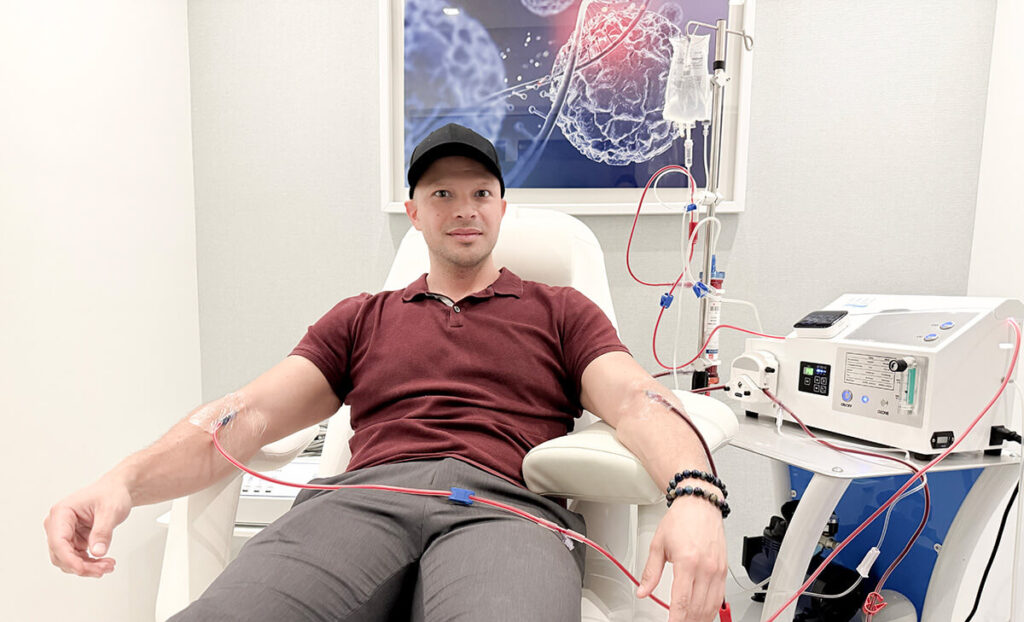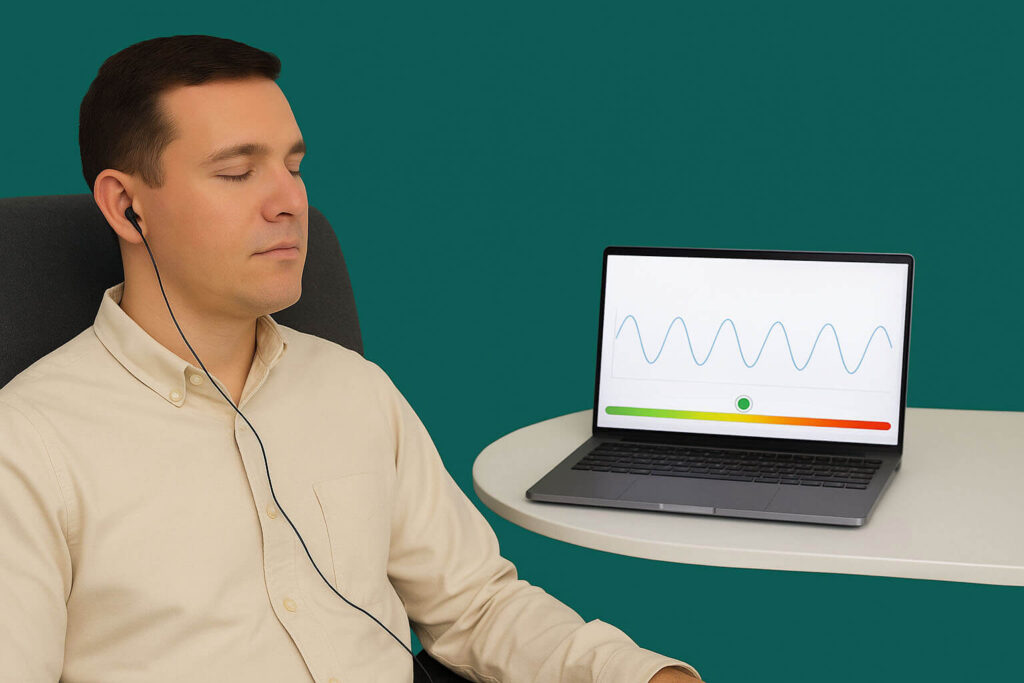”We are delighted to receive this important designation from the FDA,” said Dr. Todd Ovokaitys, Ph.D., CEO of Qigeneration, LLC, and inventor of the S.O.N.G. Laser technology for hVSEL stem cell activation and part of the Xtend Optimal Health Team.
This designation will enable advanced clinical trials in the use of S.O.N.G. Laser-activated hVSEL stem cells in children with Hutchinson-Gilford Syndrome (HGPS), also known as progeria, a rare genetic and fatal disease that causes accelerated aging at a very young age.
What is Hutchinson-Gilford (HGPS) Progeria Syndrome?
Progeria is an extremely rare genetic disease that causes accelerated aging in children. Unfortunately, progeria is often a fatal disease. Most children with progeria die at an early age, usually from heart problems.
What happens?
Progeria is caused by a change in a specific gene that occurs spontaneously, i.e., it is not inherited. This genetic change causes a defective protein to be produced that affects the nucleus of the cells. This accelerates the aging process, causing children with progeria to have characteristics typical of older people, such as wrinkles, hair loss, and hardening of the arteries.
Symptoms
Children with progeria usually appear healthy at birth, but symptoms begin to appear in the first few years of life. They include:
- Slow growth
- Hair loss
- Thin, wrinkled skin
- Small face and sharp nose
- Joint stiffness
- Heart problems
Currently there is no cure or treatment for progeria, this FDA Designation will allow the study of hVSEL treatment of S.O.N.G. Laser Activated Stem Cells as a potential treatment.
hVSEL (Very Small-Embryonic like Stem Cells) Stem Cells are small and versatile.
- Tiny size: They are much smaller than other stem cells, which allows them to circulate freely throughout the body and reach areas of damage or disease more effectively.
- Origin and characteristics: Although they share some characteristics with embryonic stem cells, hVSELs (Very Small-Embryonic like Stem Cells) are not embryonic and are found in all tissues of the body, including blood.
- Therapeutic potential: Their ability to generate various types of tissues makes them promising candidates for treating a wide range of diseases.
- Ease of collection: Unlike other types of stem cells, VSELs can be easily obtained through a simple blood sample, without invasive procedures.
Advantages of hVSELs (Very Small-Embryonic like Stem Cells) over other Stem Cells:
- Greater accessibility: their small size allows them to reach areas of the body where other stem cells cannot.
- Lower risk: They do not present the same risks associated with embryonic stem cells.
- Easy to obtain: The extraction process is less invasive and more accessible.
The S.O.N.G. Laser is an innovative technology developed by Dr. Todd Ovokaitys CEO of the pioneering biotechnology company Qigeneration LLC. The result of advanced research in quantum physics, this laser uses Nano-photoacoustic Biomodulation and is capable of activating VSEL stem cells present in human blood. This non-invasive process has demonstrated benefits in patients, in the area of longevity and offering potential benefits for various diseases. By activating these stem cells and returning them to the patient, the body’s own regeneration system is harnessed.

There is hope…
This recognition underscores the potential of S.O.N.G. Laser technology to significantly impact the lives of children affected by Hutchinson-Gilford (HGPS) Progeria Syndrome.
It also highlights:
- The potential treatment, minimally invasive and so safe that it can be used in both children and adults.
- The regenerative potential of hVSEL stem cells.
- The potential of S.O.N.G. Laser as an activation technology for hVSEL Stem Cells.
It is clear that there is an urgent need for new, safe and efficient treatment options such as this for these devastating diseases in children.





